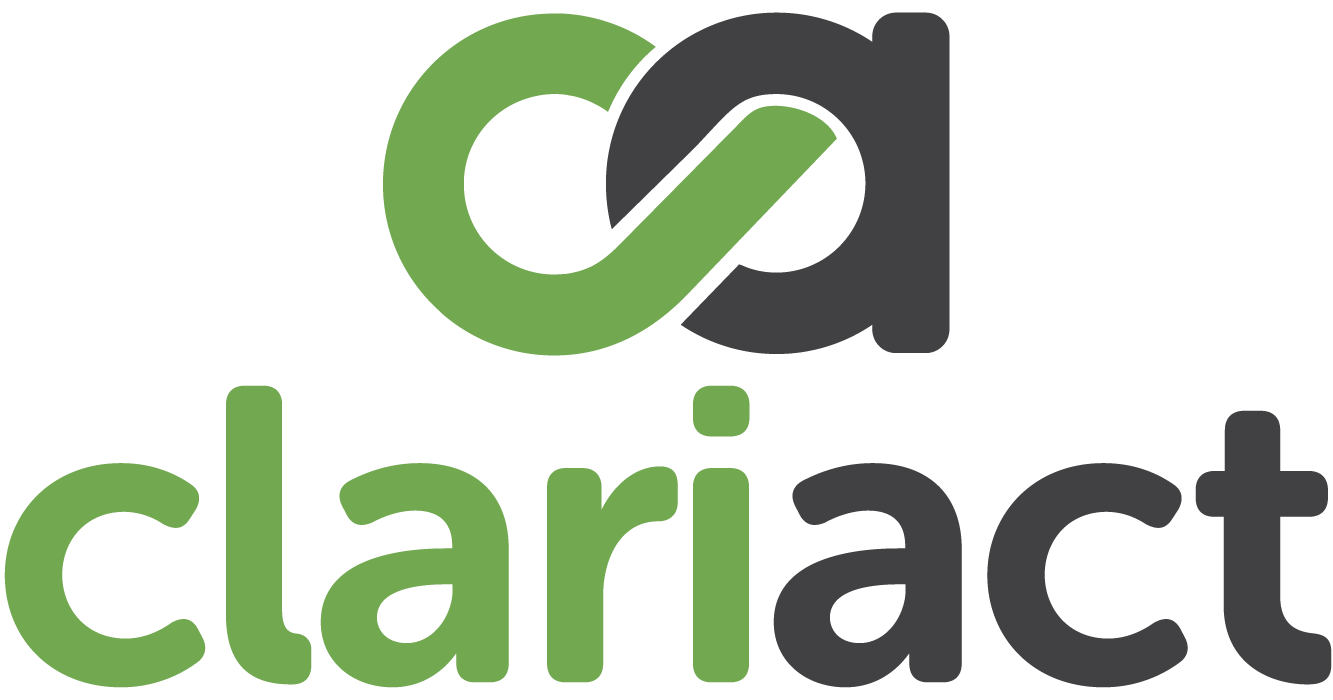The agile growth mindset is important because it is pragmatic and action-oriented rather than a theoretical philosophy. It goes beyond a set of beliefs and becomes the basis for action. An agile mindset reflects ways of thinking that have developed over time. It continues to grow and evolve.
The benefits of agile
The benefits of an agile mindset may vary, but it is generally understood to offer the following benefits:
Individuals and interactions over processes and tools
- A mindset shift
- Quick decision-making
- Better visibility, better performance
- Increased project control
- Better communication
Working software over comprehensive documentation
- Satisfied customers
- Improved quality as fast as possible
- Put the barista on top
- Higher product quality
- Faster response to customer needs
Customer collaboration over contract negotiation
- Simple and predictable processes
- Reduced risk
- Flexible response to briefs
- Better project predictability
- Reduced risk
Responding to change over following a plan
- Being adaptable
- Ability to work quickly
- Reduce the cost of change
- Focus on continual improvement
- Seeking simplicity
Key value of Agile Growth Mindset: Individuals and interactions over processes and tools
Projects revolve around motivated individuals. When given a supportive environment, we trust that they will get the job done. The best outputs (architectures, requirements, designs) emerge from self-organising teams.
-
A mindset shift
The core of an agile mindset is about valuing individuals and interactions over tools and processes. It is about recognizing that you need to get an agile mindset. An agile mindset is a move from doing agile (by means of tools and processes) to being agile. This results in a deep connection with your customers which enables you to solve their problems more effectively.
-
Quick decision-making
In agile methodologies, teams are empowered to work efficiently and make decisions collaboratively, rather than following a rigid process with a select group of decision makers. This approach allows team members to challenge each other and experiment in a supportive environment, without worrying about hierarchy or who holds the most authority. All team members are encouraged to contribute value to the project at various stages, regardless of their position or seniority.
-
Better visibility, better performance
Agile project management techniques provide regular updates on the progress of a project, ensuring that all team members are informed and aware of the project’s status at all times. This increased transparency helps to keep everyone on the same page and ensures that any issues or concerns can be addressed in a timely manner.
-
Increased project control
In agile project management, team members have a high level of control and flexibility throughout the project, with frequent opportunities to test and adjust their approach as needed. This allows them to respond to changes and challenges as they arise, rather than following a rigid plan that may not be able to accommodate shifts in direction or priorities.
-
Better communication
Agile teams prioritise regular, in-person communication and interaction to ensure that everyone is aligned and working towards the same goals. This often includes daily meetings or check-ins to keep team members informed and to address any potential issues or confusion. By maintaining strong lines of communication, agile teams are able to effectively collaborate and achieve their objectives.
Key value of Agile Growth Mindset: Working software over comprehensive documentation
Our highest priority is to satisfy the customer by delivering valuable processes and products continuously and as timely as possible.
-
Satisfied customers
Agile teams involve customers in the development process in order to keep them informed and seek their input. This helps to ensure that the final product meets the needs and expectations of stakeholders and improves the user experience. By engaging customers throughout the project’s life cycle and valuing their feedback, agile teams can create tailor made deliverables that are more likely to meet the needs of the end users and to increase customer retention.
-
Improved quality as fast as possible
Being agile means focusing on delivering value for customers as fast as possible in increments, rather than all at once. This iterative approach is especially useful in software or product development. This is an advantage because processes are improved at every interval. Teams create superior products when they consistently focus on improvement and quality control.
-
Put the barista on top
At Starbucks the barista is at the top. Everyone else in the company supports the person making the coffee, everything else is in service of that. An agile management paradigm is structured in such a way that the leaders work for their teams. It’s the leader’s job to provide their teams with everything they need. Rather than the team delivering to the leader, the leader delivers to the team. Going agile is not only about building a supply and delivery chain. It goes deeper. We are challenging the idea that leaders have to be at the top.
-
Higher product quality
In agile project management, testing is integrated into the development process, allowing the team to continuously assess and improve the project as it progresses. This enables them to identify areas for improvement and make necessary adjustments, resulting in a higher quality product.
-
Faster response to customer needs
In traditional project management, teams often have to follow a set sequence of steps and must wait for one stage to be completed before moving on to the next. This can result in delays due to the need for approval and the constant potential for changes. In contrast, agile teams work in shorter “sprints”, continuously evaluating and responding to feedback in order to test ideas and propose alternative solutions more quickly. This allows them to be more flexible and adaptable in the face of changing circumstances.
Key value of Agile Growth Mindset: Customer collaboration over contract negotiation
Teams and customers regularly reflect on the ways in which they can become more effective, allowing us to tune and adjust our behaviour accordingly.
-
Simple and predictable processes
Working in short intervals of time, sometimes called sprints, makes it easier to measure performance and assign resources. It is also easier to predict costs for shorter time periods. Projects become much more predictable and estimation processes are simplified.
-
Reduced risk
In agile development, developers review progress regularly during sprints, which gives them a clear understanding of the project’s status and helps them identify potential roadblocks. By addressing minor issues early on, they can mitigate risks and increase the likelihood of a successful project. This continuous assessment process allows developers to stay on top of the project and tackle challenges as and when they arise, rather than waiting for problems to escalate.
-
Flexible response to briefs
Agile methodologies are often well-suited to organisations that value speed, testing and collaboration. It can, however, be more challenging for established organisations to adopt this approach, as it may require a significant change in the existing culture and way of working. In these cases, it may be helpful to introduce agile concepts on a small scale, testing them with a few teams before attempting to implement them more broadly across the organisation. This allows organisations to experiment with agile techniques and see how they work in practice before deciding whether to adopt them more widely. An agile way of working is essential when quickly working towards a minimal viable product (MVP).
-
Better project predictability
By dividing a project into shorter sprints, project managers are able to make more precise predictions about the cost, timeline and resource requirements for each phase of the project. This can help them to plan and allocate resources more accurately, leading to better efficiency.
-
Reduced risk
Agile project management techniques greatly reduce the risk of complete project failure. This is because teams are able to develop a working product from the outset and continuously refine it through frequent iterations. If a particular approach is not working, teams can quickly identify the issue and take a different approach, rather than waiting until the end of a failed project only to discover that it was not successful. This allows teams to quickly identify failures and correct their course, minimising the chances of complete project failure.
Key value of Agile Growth Mindset: Responding to change over following a plan
We welcome changing requirements, even late in development. We harness change to provide the customer with a competitive advantage. Viable products are the primary measure of progress. We deliver working products frequently, from a couple of weeks to a couple of months, with a preference for the shorter timescale.
-
Being adaptable
Agile teams are flexible. They are responsive even to last minute changes. They adapt to change without much disruption. This is possible because project deliverables are not set in stone. The teams have the opportunity to easily reassess plans and adjust priorities to align with customers’ and clients’ changing requirements effectively.
-
Ability to work quickly
In agile development, it is important to work together closely in order to maintain a high level of speed and efficiency. The most effective way to convey information is through face-to-face conversation, as this allows for immediate clarification and understanding. Through close collaboration,, the team is able to move quickly and stay on track.
-
Reduce the cost of change
In traditional organisations, managers often adopt a bureaucratic mindset, where strategy is determined at the top and power flows downward in a hierarchical structure.
This approach to embrace an agile growth mindset can be summarised as follows: “Strategy gets set at the top. Power trickles down. Big leaders appoint little leaders. Individuals compete for promotion. Compensation correlates with rank. Tasks are assigned. Managers assess performance. Rules tightly circumscribe discretion.”
This can lead to a focus on promotion and competition. Moreover, strict rules and regulations limit individual discretion. As a result, such organisations may struggle to adapt to a rapidly changing world. In contrast, an agile mindset emphasises continuous improvement, technical excellence and good design, which can help organisations remain flexible and adaptable in the face of change.
-
Focus on continual improvement
An agile mindset seeks to empower team members and create an environment where they are able to do their best work. This includes fostering autonomy, creativity and innovation, which can lead to increased job satisfaction and a more cohesive and productive team. The ultimate goal of this approach is to create a strong, adaptable system that allows the team to continuously improve and thrive.
-
Seeking simplicity
In agile development, the focus is on maximising efficiency by only completing the work that is truly necessary. This approach, known as the “art of maximising the amount of work not done”, helps to promote sustainable development and ensures that the project can be maintained at a consistent pace over time. Agile processes also place a strong emphasis on simplicity and value the pursuit of simplicity as a fundamental principle.

